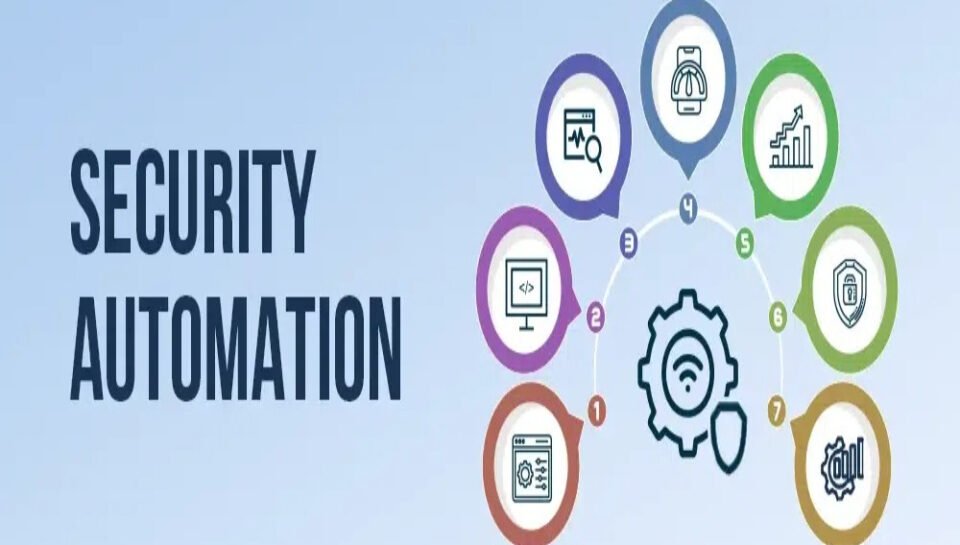
Automated Web Security: Streamlining Detection and Response
In the evolving landscape of cybersecurity, automated web security has become a cornerstone for managing the speed and scale of digital threats. Traditional manual methods of monitoring, triaging, and reacting to attacks are no longer sustainable for complex, high-traffic environments. Modern security operations now rely on real-time automation to detect anomalies, enforce rules, and contain threats without human delay. Automation enables systems to respond to suspicious behavior with predefined logic, increasing consistency while reducing reliance on manual intervention.
Central to this shift are automated detection engines, which analyze vast volumes of web traffic, logs, and system telemetry to identify indicators of compromise. These engines often use machine learning algorithms and behavioral baselines to flag irregularities that deviate from known norms. Upon detection, automated response systems can execute policy-driven actions such as blocking IPs, quarantining assets, or revoking access tokens. This approach ensures that threats are addressed swiftly, even outside standard working hours, and that remediation workflows are initiated immediately after detection.
Automation also plays a key role in maintaining security hygiene across development and deployment processes. By embedding tools for static analysis, dependency scanning, and configuration validation, organizations ensure that vulnerabilities are identified and resolved before code reaches production. Continuous integration pipelines are now fortified with automated gates that enforce compliance and trigger alerts on deviation. These capabilities allow teams to focus on strategy and improvement, while the automated systems manage detection, response, and enforcement with efficiency, precision, and scale.





